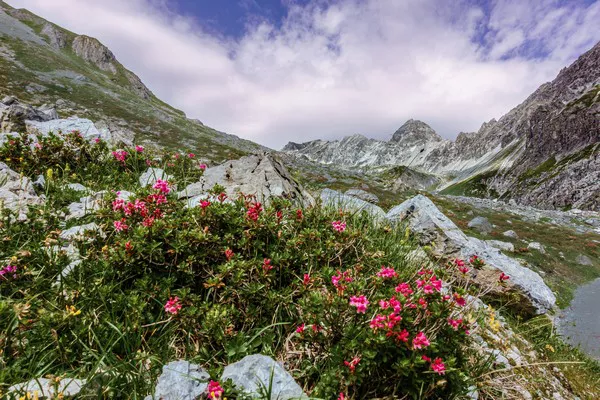Insects play a vital role in pollinating flowers, aiding in the reproduction and survival of countless plant species. Have you ever wondered what makes flowers irresistible to these buzzing visitors? In this article, we explore the captivating world of insect attraction to flowers, uncovering the factors that entice insects and the intricate mechanisms behind this fascinating relationship. From vibrant colors to enticing scents, let’s delve into the secrets of what draws insects to flowers.
The Power of Color
Flowers display an astonishing array of colors, each serving a purpose in attracting specific insects. Bright, vibrant hues like red, yellow, and purple are particularly appealing to bees, butterflies, and other pollinators. These insects have evolved to be highly sensitive to certain colors, perceiving them as signals of nectar-rich rewards. By employing an intricate palette of colors, flowers can effectively communicate their presence and lure in their desired pollinators.
Scented Seduction
Fragrance is another potent tool employed by flowers to captivate insects. Flowers produce a wide range of scents, from sweet and floral to musky and pungent, alluring insects with their olfactory prowess. These scents act as natural advertisements, guiding insects toward the source of nectar and pollen. Some flowers release their fragrances primarily during the day to attract diurnal pollinators like bees, while others emit their scents at night to entice nocturnal insects like moths.
Nectar: The Ultimate Reward
Nectar serves as the primary lure for most insects. This sweet, sugary substance acts as a nutritious reward for the pollinators’ services. Flowers have evolved to produce nectar in specialized structures, such as nectar tubes or spurs, that are strategically positioned to accommodate the feeding apparatus of specific insects. By providing a readily available and enticing source of nectar, flowers ensure a continuous flow of pollinators visiting their blooms.
Landing Platforms and Guides
Flowers employ various physical structures to facilitate insect landing and access to nectar. Petals may form landing platforms, providing a stable surface for insects to perch on while they gather nectar. Additionally, some flowers have distinct patterns, known as nectar guides, which are visible only to insects. These guides serve as pathways, directing insects toward the nectar-rich areas of the flower and increasing the efficiency of pollination.
UV Signaling and Patterns
Insects, particularly bees, have the ability to detect ultraviolet (UV) light, which humans cannot perceive. Flowers have evolved to exploit this by developing UV patterns and markings on their petals. These patterns act as visual cues, guiding insects toward the flower’s center, where the nectar and pollen are located. By utilizing UV signaling, flowers enhance their visibility and attractiveness to insects, increasing their chances of successful pollination.
Temperature and Electric Signals
Recent studies have revealed that flowers can emit subtle temperature and electric signals that attract insects. Some flowers maintain a slightly higher temperature than the surrounding environment, making them more appealing to cold-blooded insects like butterflies. In addition, flowers generate weak electric fields, which can be detected by insects as they approach. These electric signals serve as additional navigational cues, guiding insects toward the flower’s rewards.
Timing is Everything
Flowering plants often synchronize their blooming periods with the emergence of specific pollinators. This ensures that the desired insects are present when the flowers are most receptive and abundant in nectar. The timing may be influenced by environmental factors such as temperature, rainfall, and daylight duration. By aligning their reproductive efforts with the availability of their preferred pollinators, flowers maximize their chances of successful reproduction.
Conclusion
The intricate relationship between flowers and insects is a remarkable example of nature’s finely tuned adaptations. From the vibrant colors and enticing scents to the strategically positioned nectar and physical structures, flowers have evolved an array of tools to attract and reward their insect pollinators. Through this captivating dance, flowers ensure their own survival while providing nourishment and habitat for countless insect species. So, the next time you encounter a blooming flower, take a moment to appreciate the hidden allure that beckons the insects and marvel at the intricate mechanisms behind this symbiotic relationship.


